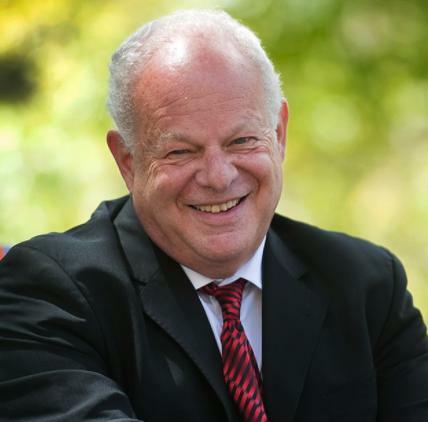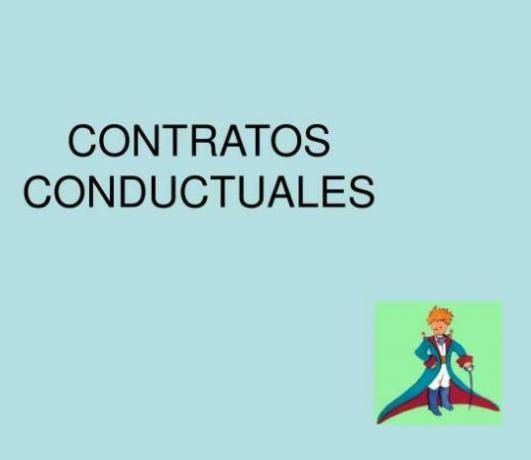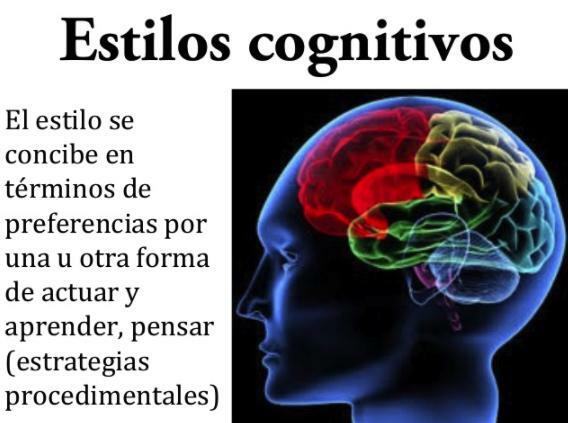
Seligman studied the effects of a series of inescapable electrical shocks on animals. They developed a pattern of behaviors and neurochemical changes similar to those of depression, a phenomenon that he called helplessness or learned helplessness.
He says that these behaviors develop only when the animal has no hope of ever being able to control the aversive situation. He applied this model to human behavior and posited the perceived loss of control of the environment or the expectation of uncontrollability. This expectation of uncontrollability is the result of a history of failures in handling situations and a history of reinforcements on a non-contingent basis that have not allowed the subject to learn the complex skills necessary to control the environment. The theory could be considered a good model for depressive symptoms, but not for the human depression syndrome. The Reformulated Theory of Learned Helplessness ABRAMSON, Seligman, and Teasdale pointed out 4 problems with the 1975 theory:
- did not explain the low self-esteem of depression
- did not explain the self-blame of depressives
- did not explain the chronicity and generality of the symptoms
- it did not give a valid explanation for depressed mood as a symptom of depression.
They postulated that exposure to uncontrollable situations is not enough by itself to trigger depressive reactions. When experiencing an uncontrollable situation, people try to give themselves an explanation about the cause of the uncontrollable situation. If the explanation is attributed to internal factors, a decrease in self-esteem occurs. If it is attributed to stable factors, it would cause the expectation of uncontrollability in future situations, and consequently the depressive deficits would extend over time. If it is attributed to global factors, it would cause the expectation of uncontrollability in other situations and generalization to other situations. Internality, stability and globality would explain the first 3 problems, but not the fourth. They postulated a motivational factor: depression would only occur if the expectation of uncontrollable referred to the loss of control of a highly desirable event or the occurrence of a highly desirable event. aversive. They pointed out the presence of a factor of cognitive vulnerability to depression: the attributional style depresogenic (tendency to attribute uncontrollable and aversive events to internal, stable and global).
Hopelessness Theory ABRAMSON and colbs conducted a 1978 revision of the theory to resolve its 3 main shortcomings:
- does not present an explicitly articulated theory of depression
- does not incorporate the findings of descriptive psychopathology about the heterogeneity of depression
- it does not incorporate the findings of cognitive, personality, and social psychology.
To resolve the second deficiency, the hopelessness theory postulates a new nosological category: hopelessness depression. The cause for this type of depression to appear is hopelessness: negative expectation about the occurrence of an event valued as important together with a feeling of helplessness about the possibility of changing the probability of occurrence of that event.
To solve the first deficiency, the theory is made explicit as a diathesis-stress model and specifies distant and proximate causes that increase the likelihood of depression and culminate in hopelessness. Here we do not speak of "uncontrollable events" but of "negative life events". When negative life events are attributed to stable, global factors and are viewed as important, the chance of hopeless depression is higher. If internality also intervenes, hopelessness can be accompanied by low self-esteem. Globality and stability would determine the extent of hopelessness. A more stable but specific attribution would lead to "circumscribed pessimism." To solve the third deficiency, they rescued from social psychology the situational information when determining the type of attributions that people make.
Situational information suggesting that a negative event is low consensus / high consistency / low distinctiveness favors an attributional explanation that leads to hopelessness. In addition to situational information, having or not having a depresogenic attributional style contributes as a factor of vulnerability.
In hopelessness theory, none of the distant elements of the model (stress, attributional style) are required to be present to trigger the depressive causal chain. This can be activated by some elements or by others. Hopelessness is the only element required for the symptoms of hopelessness depression to appear. An addition to the 1978 theory is that the conclusions a person reaches about the consequences of an event are enough to provoke a situation of hopelessness despite an external attribution, unstable and specific. Eg: suspending the last call for a subject due to the existence of noise and distractions in the classroom.
The theory does not include symptoms of the type of Beck's errors: it has been found that depressives may be more precise in their vision of reality than the non-depressed, which is known as depressive realism. The most differentiating point between beck theory and that of hopelessness is the latter's emphasis on attributional processes. Possible "immunization" mechanisms (having a attributional style specific and unstable). Negative attributional processes are biased but not necessarily distorted processes. In Beck's theory, hopelessness is not a central causal element, but simply one of the symptoms of the negative cognitive triad. The theory of response styles Nolen Hoehsema proposes that those people who present rumiative responses suffer longer and with greater intensity from depressive symptoms than those who are able to distract themselves from the themselves.
This article is merely informative, in Psychology-Online we do not have the power to make a diagnosis or recommend a treatment. We invite you to go to a psychologist to treat your particular case.


